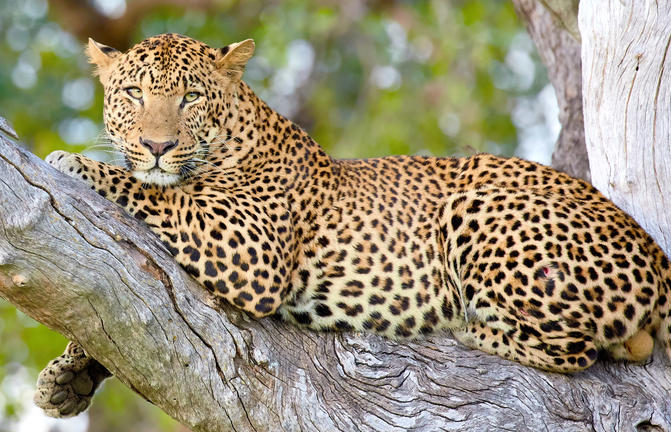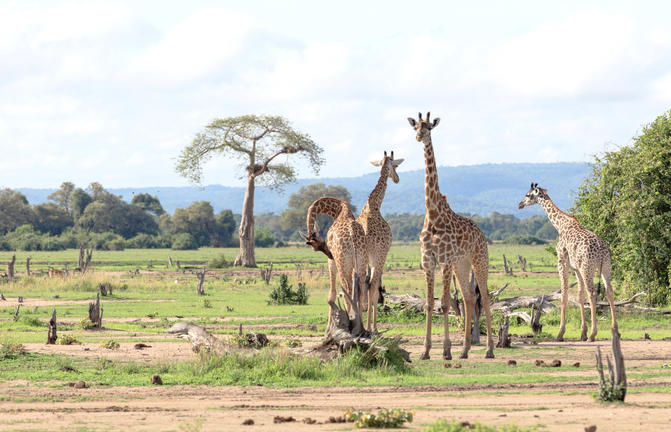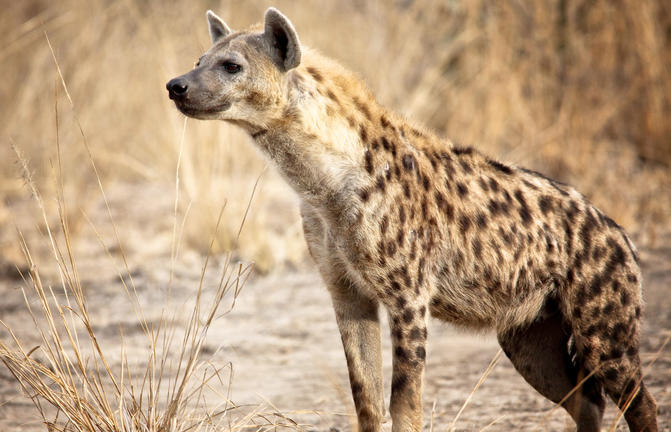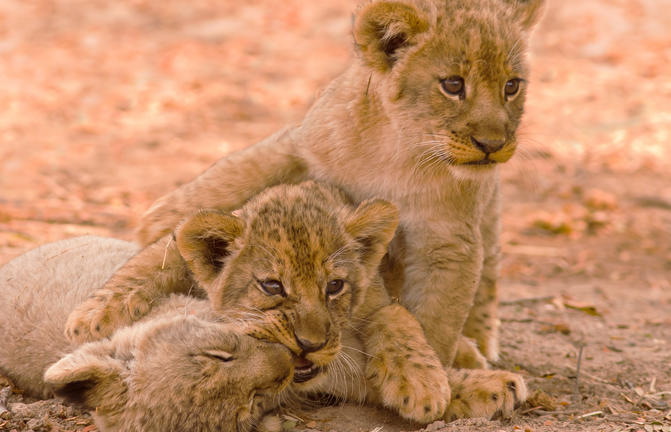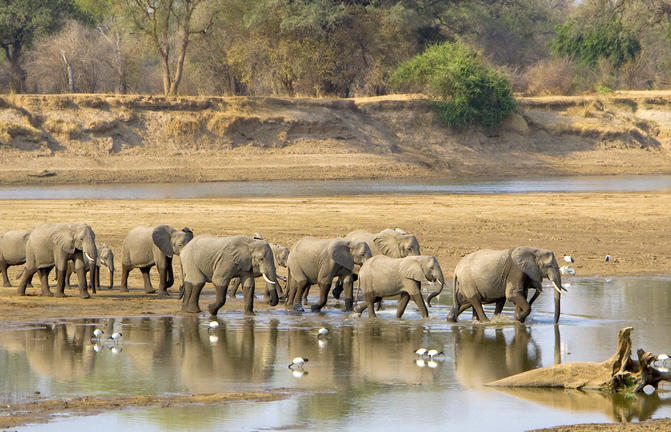





Situated in the vast expanse of Zambia’s remote Western Province, Liuwa Plains National Park is a world-famous wildlife sanctuary. It is home to the second largest wildebeest migration in Africa and is known to have the world’s highest population of hyena. This pristine wilderness is characterised by endless golden savannah and grassy floodplains stretching over 3600 square kilometres. The park is inhabited by a diverse variety of birdlife and wildlife including: lion, wild dog, zebra, cheetah, buffalo, roan antelope and flocks of crowned and wattled cranes, to name a few. Visitors can enjoy an exhilarating flight over the awe-inspiring floodplains of the Zambezi, stroll past blooming irises and colourful lilies on a guided walking safari, soak up the spectacular scenery on a game drive, or visit a local village and learn about Liuwa’s fascinating history and traditions.
https://youtu.be/oAflLYT1KME?si=73tk0z3I1QXfa-_Z
South Luangwa National Park is one of Africa’s finest wildlife destinations, located in eastern Zambia along the winding Luangwa River, which forms the lifeblood of the park. Covering over 9,000 square kilometres, the park is renowned for its rich biodiversity, varied habitats, and excellent game-viewing opportunities.
The park is best known for its large populations of elephant, buffalo, hippo, and giraffe (specifically the endemic Thornicroft’s giraffe), along with abundant zebra, impala, and puku. It is also one of the best places in Africa to see leopards, which are commonly spotted on night drives. Lions are regularly seen, often in large prides, and wild dogs are present, though less predictable. Birdlife is outstanding, especially in the green season, with over 400 species recorded.
Activities in South Luangwa are diverse, with the park famously known as the birthplace of the walking safari. Today, it remains one of the best places for guided walking safaris, alongside day and night game drives, birding and photographic safaris
The lodges and camps in South Luangwa range from rustic bushcamps deep in the park—often accessible only on foot—to luxury lodges along the river with excellent facilities. Many are small and owner-run, offering personalised service and top-quality guiding. These camps are typically built to blend into their natural surroundings, providing an immersive and authentic safari experience.
With its combination of rich wildlife, iconic landscapes, and exceptional guiding, South Luangwa offers one of Africa’s most rewarding and authentic safari adventures.










